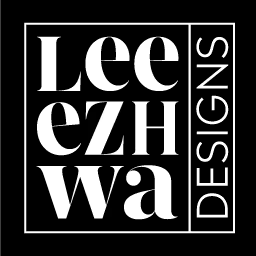Introduction: The Hidden Tax of Bad Slides
Startups live or die on clarity. You can have the next unicorn idea, but if your deck is confusing, crowded, or ugly, investors will drop you before they hit slide three.
Most founders treat slides like homework. Knocked together the night before. Generic template. Bad charts. That choice is expensive. Every ugly font and wall of text drains investor confidence. You pay in blank stares, hard questions, and no callbacks.
Bad design is a hidden tax. Good design is an accelerator. And the ROI is measurable: capital, credibility, momentum.
The Real Problem: Startups Underestimate Design
Founders think investors only care about the numbers. Wrong. Investors are people. They see hundreds of decks every year. They remember the ones that tell a story.
DocSend’s study of 200 decks shows VCs spend 3 minutes and 44 seconds on average reviewing a pitch. That’s all you get. If you can’t hook them in four minutes, you’re finished. They also spend the most time on financials, team, and competition. Exactly the sections that usually look like a train wreck.
The problem isn’t just ugly slides. It’s structure. Bad flow makes your team look unprepared. Clutter makes your vision look confused. And nobody funds confusion.
My Position: Design Is ROI, Not Decoration
Design isn’t “making it pretty.” It’s making it work. Good design does three things:
- Clarity. Investors get it faster.
- Credibility. Professional decks signal professional founders.
- Conversion. More yeses. More funding.
Think of design as force multipliers. Same story, but with design it moves faster and hits harder. That’s ROI.
Data That Proves It
- DocSend: Decks with clear structure are 2.3 times more likely to get funded.
- Prezi: People remember stories 22 times better than raw facts.
- Sequoia Capital: “Your deck is not about information. It’s about persuasion.”
- McKinsey: Design-led companies grow 32% faster than their peers.
For startups, design isn’t decoration. It’s survival.
Framework: The ROI Chain
Here’s the simple formula:
Clarity → Credibility → Capital
- Cut the noise. One idea per slide.
- Build credibility. Visuals, typography, and flow that scream “investable.”
- Capital follows. Clear story plus credible design earns trust. Trust gets you funded.
Confusion pushes money away. Clarity attracts it.
Case Study: From Messy Deck to Millions
I worked with a healthtech startup stuck at the seed stage. Their deck was 30 slides of chaos: mismatched fonts, pixelated logos, copy-pasted Excel graphs. They had the story. They just buried it.
We rebuilt around the ROI chain. Twelve slides. Clean design. One story arc: “The cost of doing nothing in healthcare is higher than the cost of investing now.”
Result? They closed a $2.5M seed round in six weeks. Same numbers, new design. That’s ROI you can bank.
Actionable Takeaways for Founders
- Cut ruthlessly. One idea per slide.
- Lead with story. Investors buy the vision before the numbers.
- Design for memory. Complex ideas need visuals.
- Invest in credibility. A $5k deck that unlocks $2M is the best trade you’ll ever make.
- Rehearse. Even the best deck dies without delivery.
Conclusion: Design Multiplies Everything
The ROI of presentation design is simple: better decks mean faster funding. Every confusing slide costs you. Every designed slide buys trust.
Stop treating design as an expense. Start treating it as your accelerator. Because the only thing more expensive than investing in design is not investing in it.
Still Hungry?
Don’t stop here. If this post lit a spark, you’ll want to dive into more ideas cut from the same cloth, sharper thinking, bolder design, and zero fluff.
The Day I Fired My “Inner Impostor Boss”
How ADHD magnifies impostor syndrome and what it takes to shut it down.
From Corporate Costume to Thin Creative Skin
Why hiding behind conformity kills originality and how authenticity is your new armor.
Permission Slips for Reinvention - Why no one else is going to hand you one.
Stop waiting for diplomas, managers, or permission... write your own slip.


